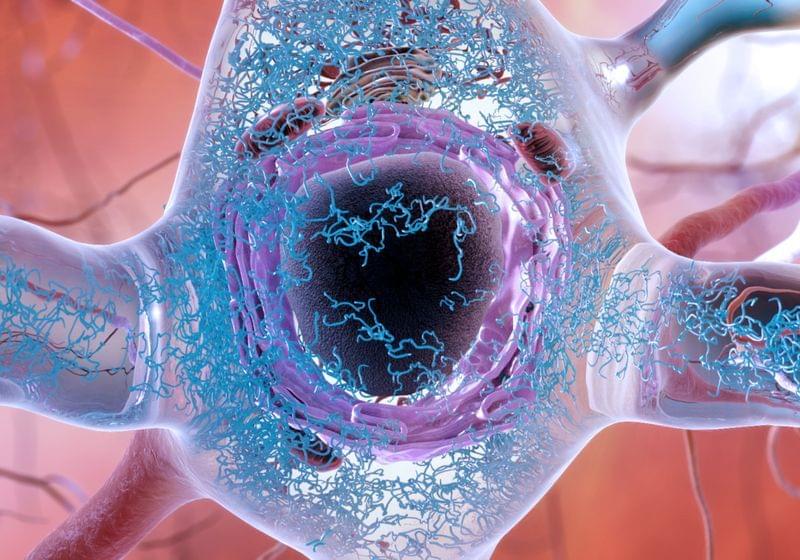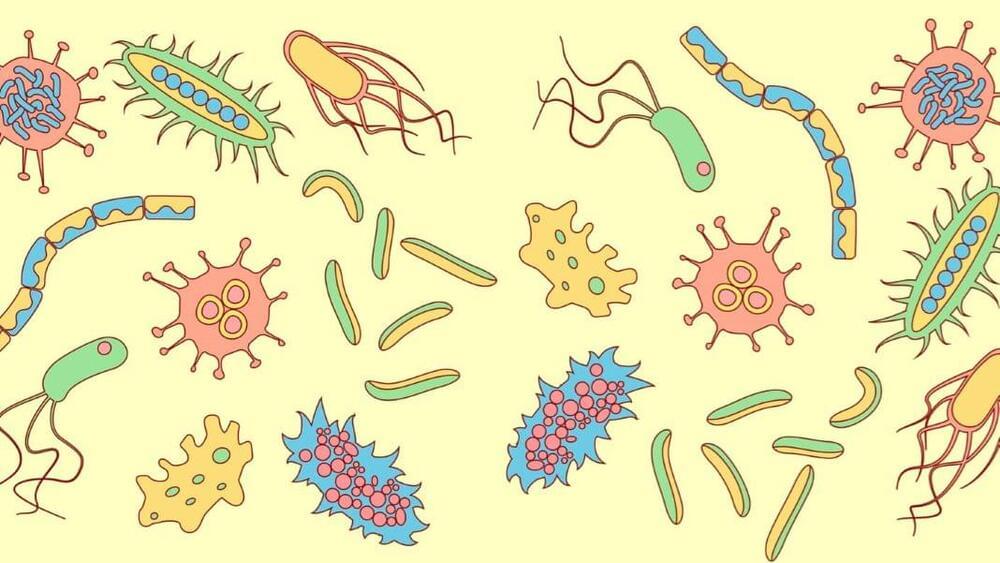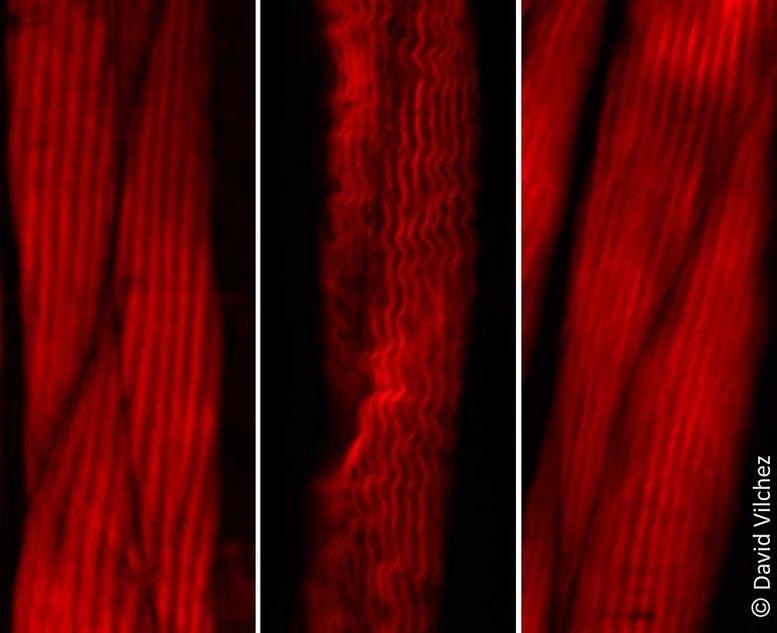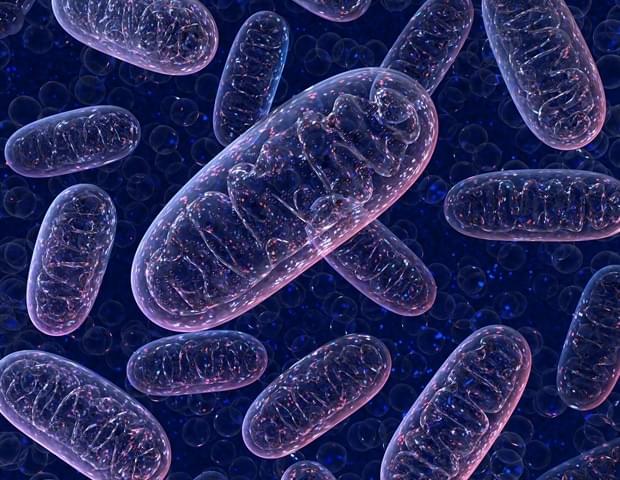Studying Novel Plasma Fractions For Age-Related Diseases And Systemic Rejuvenation — Dr. Harold Katcher Ph.D., Chief Scientific Officer, Yuvan Research Inc.
Dr. Harold Katcher is the Chief Scientific Officer at Yuvan Research Inc., a biotech company exploring the development of novel, young plasma fraction rejuvenation treatments in mammals.
Most recently Dr. Katcher was the Academic Director for Natural Sciences for the Asian Division of the University of Maryland Global Campus and throughout his career, Dr. Katcher has been a pioneer in the field of cancer research, and in the development of modern aspects of gene hunting and sequencing (including as one of the discoverers of the breast cancer gene BRCA1) as part of Myriad Genetics, and carries expertise in bioinformatics, chronobiology, and biotechnology.
Dr. Katcher has thousands of citations in the scientific literature, with publications ranging from protein structure to bacteriology, biotechnology, bioinformatics and biochemistry.
Dr. Katcher is launching his new book “The Illusion of Knowledge” on September 4th, 2021.





